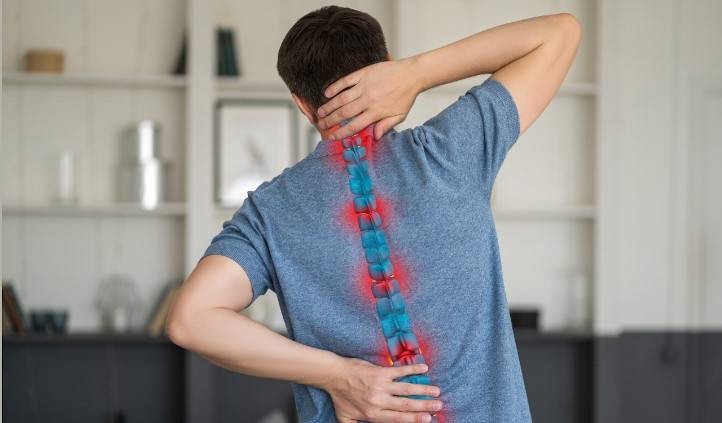
Lumbar spinal stenosis refers to the narrowing of the spinal canal, which compresses the cauda equina nerve, causing pain in the lower back, buttocks, and lower limbs (especially the legs). Patients with lumbar spinal stenosis may experience pain while walking, and may even be unable to continue walking and need to stop to rest or sit before continuing. While this condition is commonly associated with degenerative changes as a result of aging, conservative treatments or minimally invasive surgery can still be helpful in improving the condition.
The lumbar spine bears about 80 percent of the pressure of the upper body of the human body. As it degenerates, it may shift or slip, causing instability and putting pressure on the nerves in the spinal canal or intervertebral foramen. In some patients may have bone spurs growing around the intervertebral joints. The above factors may also cause pain. Enduring pain will not solve the problem. Once treatment is delayed and the condition worsens, the patient may lose mobility and may develop muscle spasms or incontinence.
The primary goal of treating lumbar spinal stenosis is to help patients regain daily functions as early as possible. Prior to receiving treatment, patients are required to undergo a magnetic resonance imaging (MRI) scan to confirm whether there is disc herniation or rupture. Mild cases can receive conservative treatments such as medication, rest, and physical therapy. If the pain persists after approximately 6 to 12 weeks of relevant treatments, interventional therapy such as injection or surgery, may be required depending on the condition.
Surgery is mainly divided into decompression or fixation. The former mainly targets pain caused by nerve compression, and can be done through surgery to remove bone spurs/disc herniations/thickened ligaments, the latter addresses lumbar instability issues, such as vertebral displacement or slippage, use screws to fix the position of the lumbar spine.
Elderly patients are particularly worried about the need for surgery. Fortunately, minimally invasive procedures have been performed since many years ago. The advantages are smaller wounds, less bleeding, shorter hospital stays, and quicker recovery. Patients therefore no longer need to be afraid of seeking medical assistance, otherwise when the pain makes it impossible to walk, the body's functions will become worse and worse.
Reminder: there are numerous treatment methods for lumbar spinal stenosis, each with its own effectiveness and side effects. Patients with questions should consult their physician for more information.


















